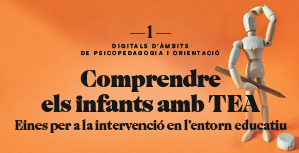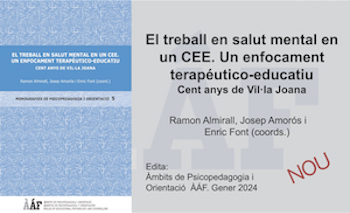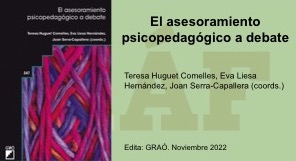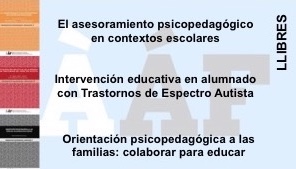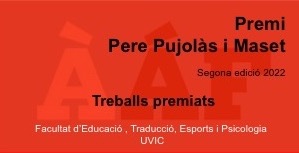School intervention in students with Asperger Syndrome
Abstract
Asperger Syndrome is the term for a specific type of Pervasive Developmental Disorder (PDD).At this moment it is also known as Autistic Spectrum Disorder. AS is characterised by reciprocal social deficits, restricted interests, normal or high intellectual Quotien (seldom low IQ), a fluent language with pragmatic alterations, desire to establish relationship with peers but without the abilities to initiate and keep a friendship, and a “egocentric” pattern of communication limited to their own interests. It is a quiet frequent disorder and usually difficult to diagnose before the age of 6 years. It is less prevalent in females. The symptoms in girls are usually less evident. Mainstream school is the appropriate location for these students. The professionals around them must have enough knowledge to understand the attitudes and behaviours of these pupils in order to give them skills that can help them to take advantage of their capacities.
References
Frith U. (2004) “Emanuel Mille lecture: Confusions and controversies about Asperger syndrome” Journal of child Psychology and Psychiatry 45 (4) 672
Ghaziuddun G., Mountain-Kimchi K. (2004) “Defining the intellectual profile of Asperger Syndrome: Comparison with High-Functioning Autism” Journal of Autism and Developmental Disorders 34 (3) 29-284
Klin A., Volkmar F.R., Sparrow S.S., Cicchetti D.V and Rourke B.P (1995) “ Validity and Neuropsychological Caracterization of Asperger Syndrome: Convergence with Nonverbal Learning Disabilities Syndrome” Journal of Child Psychology and Psychiatry 36 (7) 1127-1140
López-Sala A., Sans A., Arellano M., Maristany M., Colomé R., Boix C., Garcia Cazorla A., Campistol J. (2004) “Asperger Syndrome: a revision of neurological and cognitive profiles of 20 children” Developmental Medicine and Child Neurology, Suplement Nº 100 October Vol.46
Mcintosh K.E., Dissanyke Ch. (2004) “Annotation: The similarities and differences between autistic disorder and Asperger’ disorder: a review of the empirical evidence” Journal of Child Psychology and Psychiatry 45:3 421-434
Martin P. (2004) El Síndrome de Asperger ¿Excentricidad o discapacidad social? Alianza Editorial col.Psicología.
Moyes R. (2001) Incorporating Social Goals in the classroom. Jessica Kingsley Publishers. London and Philadelphia.
Rapin I., Dunn M. (2002) “Update on the language disorders of individuals on the autistic spectrum” Brain and Development 25 166-172
Szatmari P. (2003) “Predictor of outcome among high functioning children with autism and Asperger Syndrome” Journal of Child Psychology and Psychiatry 44:4, 520-528
Wing L. (2002) “ The Epidemiology of Autistic Spectrum Disorder: Is the Prevalence rising? Mental Retardation and Developmental Disabilities Research Reviews 8: 51-161
Winter M. (2002) Asperger Syndrome – What Teachers Need to Know. Jessic Kingsley Publishers. London and New York.
Downloads
Published
Issue
Section
License
The authors maintain their copyright and give the right to the first publication of the work to the journal, registered under a Creative Commons Attribution-Non Commercial-NoDerivs license. This license allows others to download the works and to share them with others as long as they credit the author, but it does not allow for any kind of modification or commercial use.



